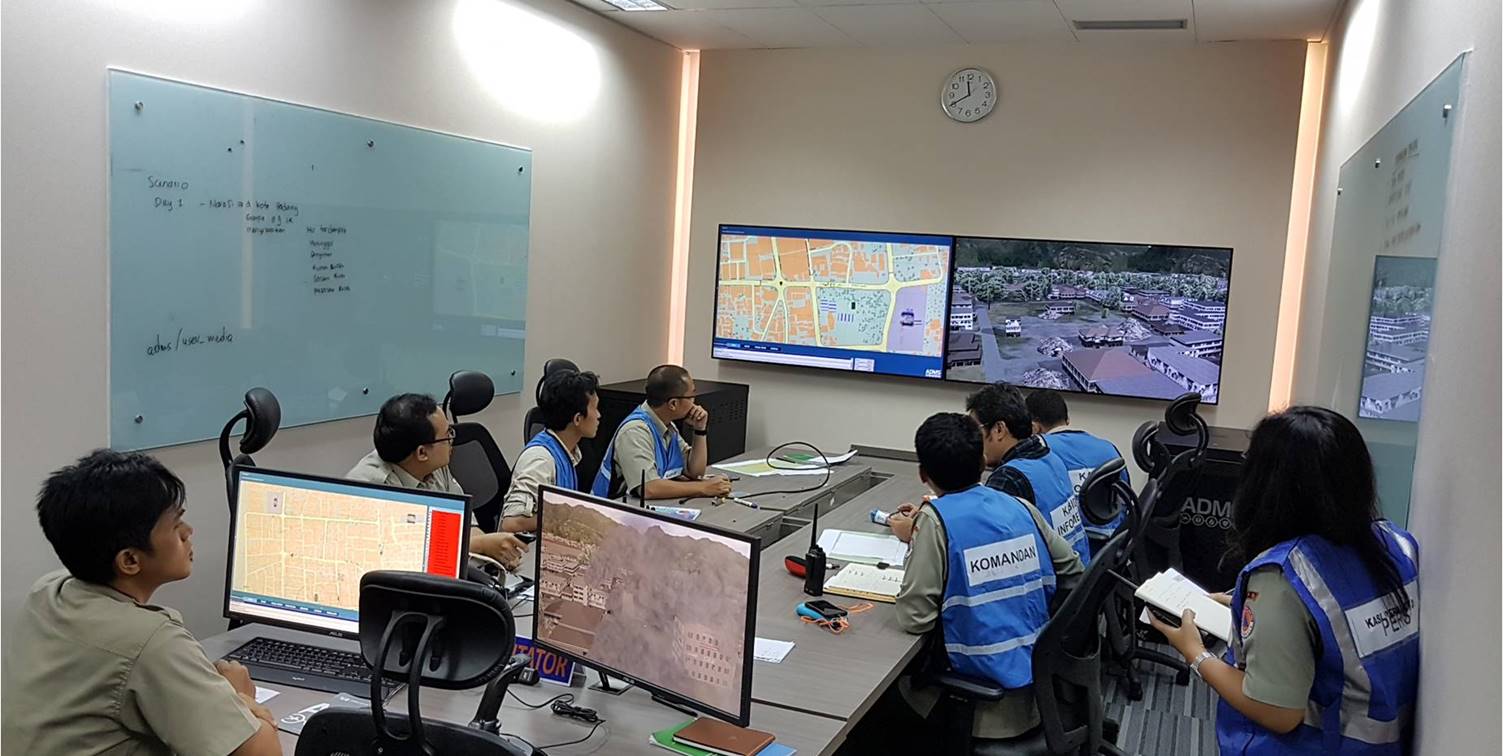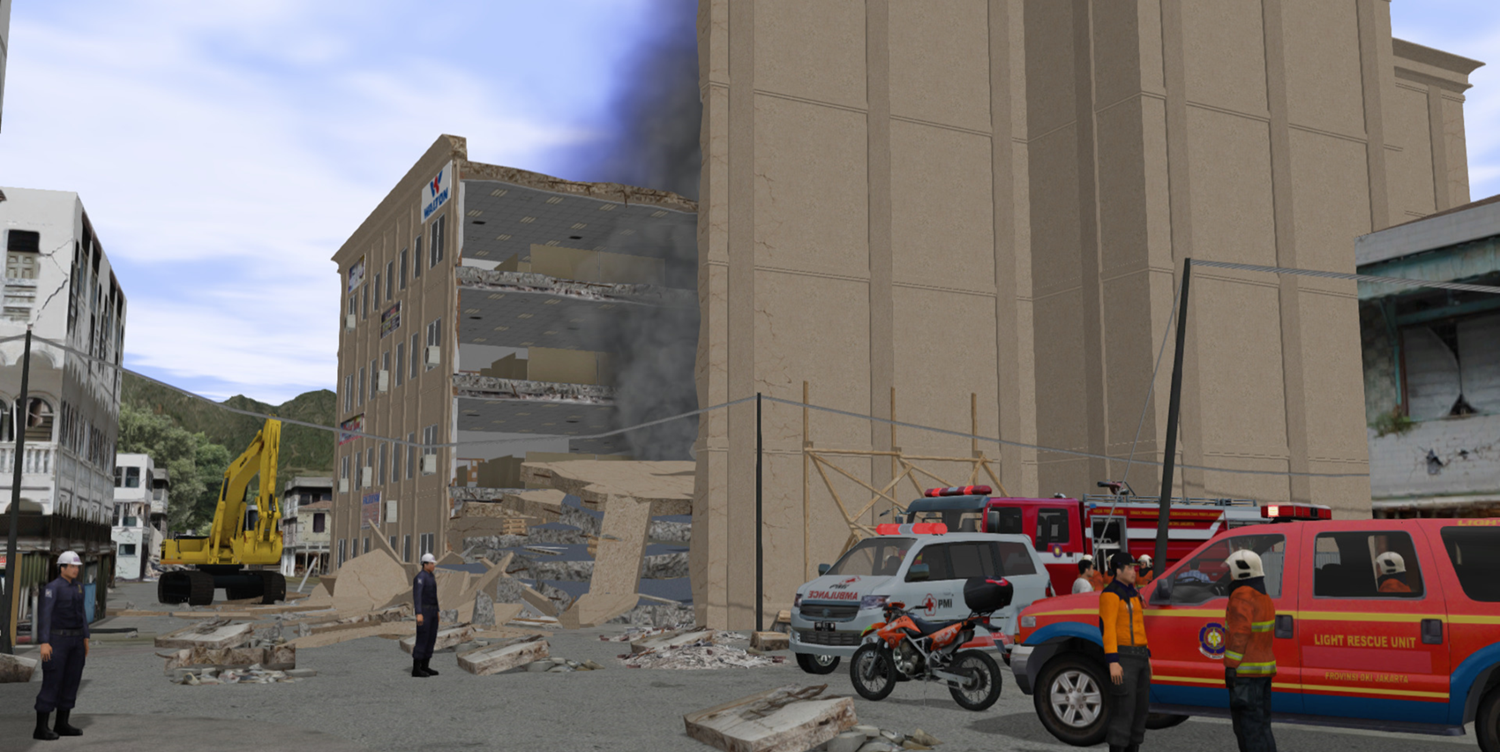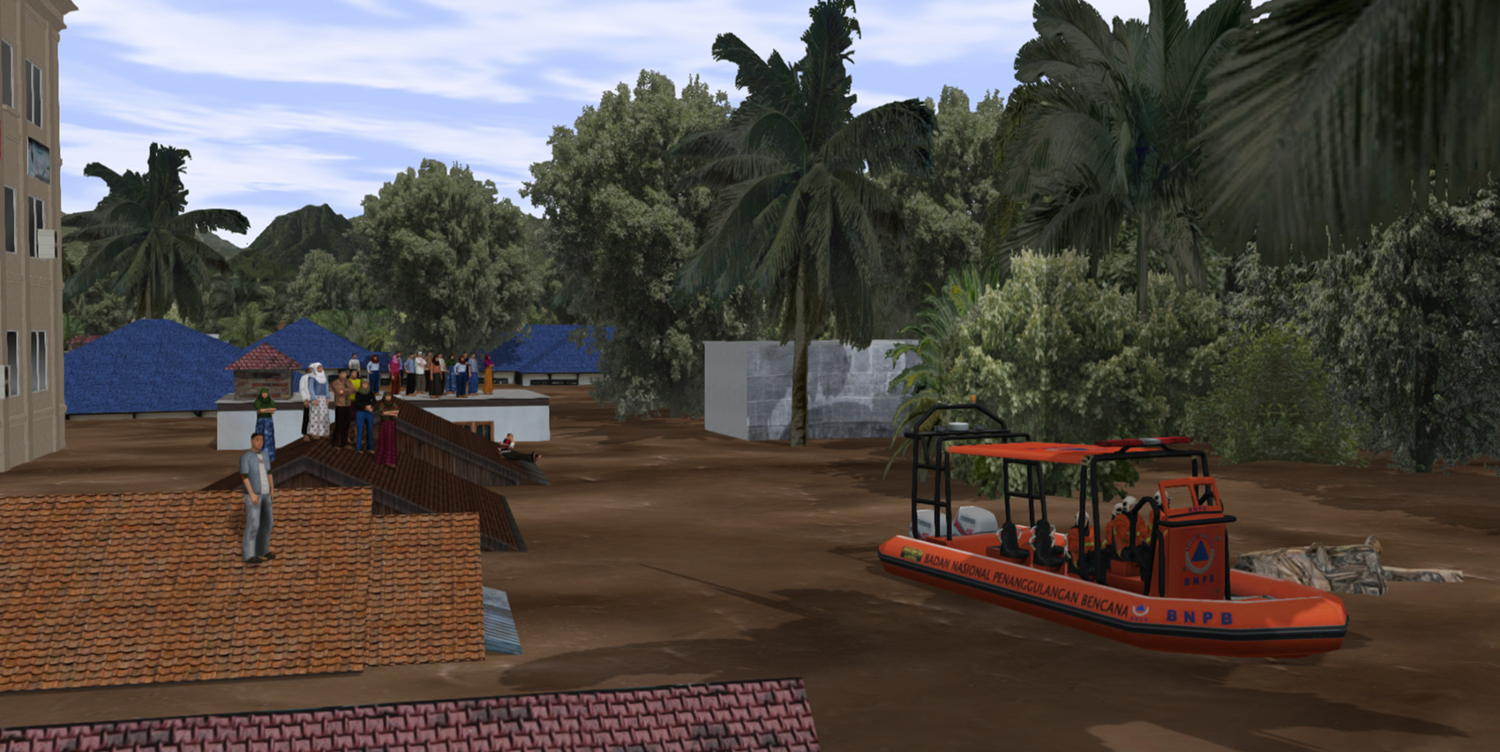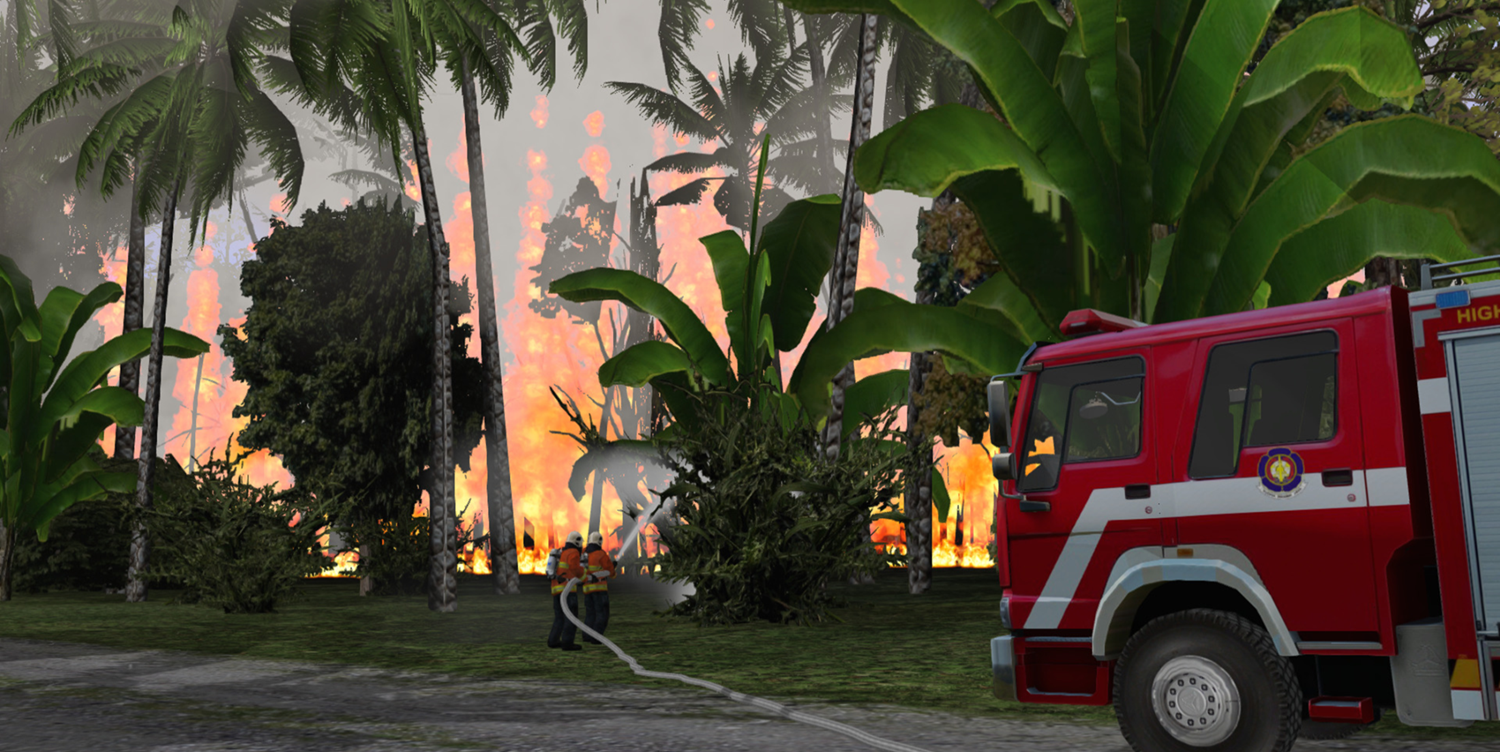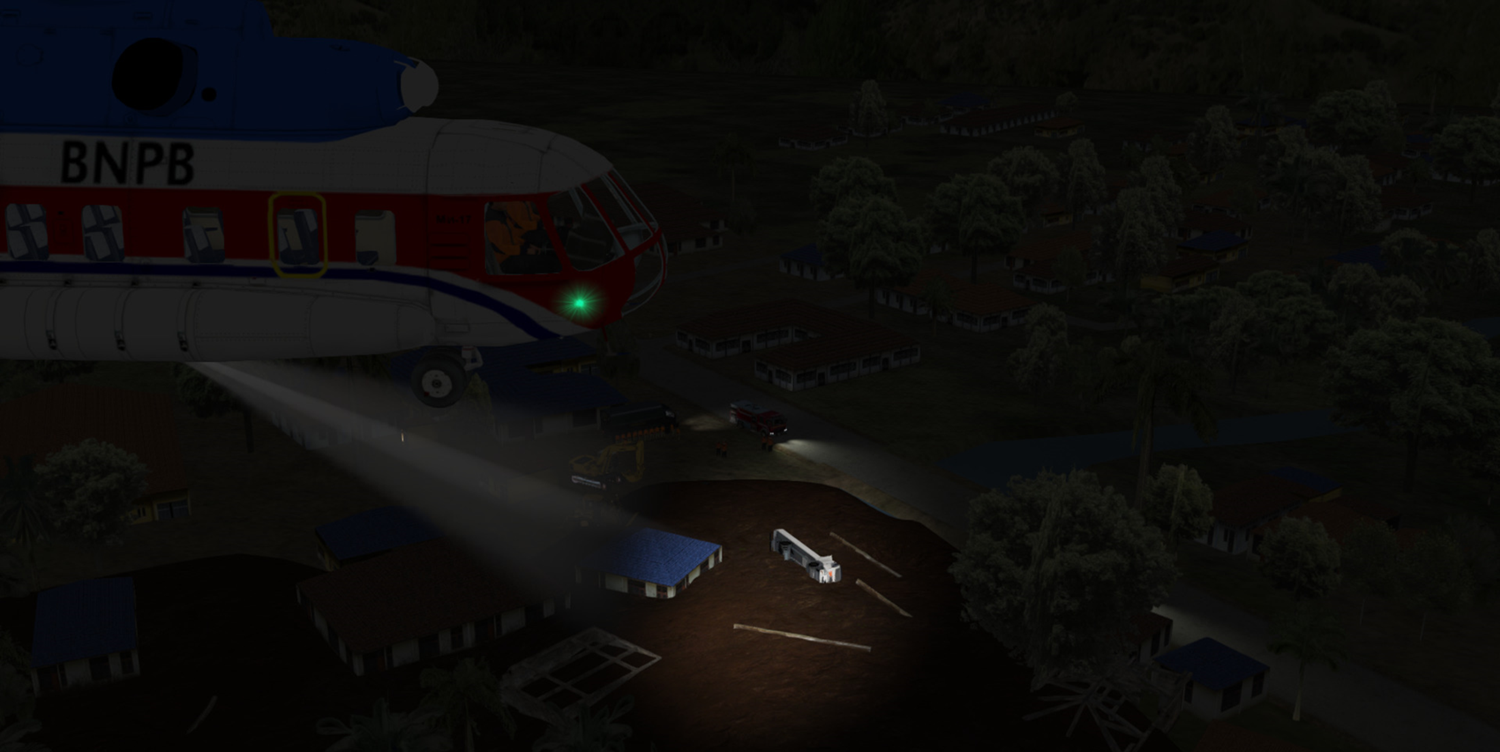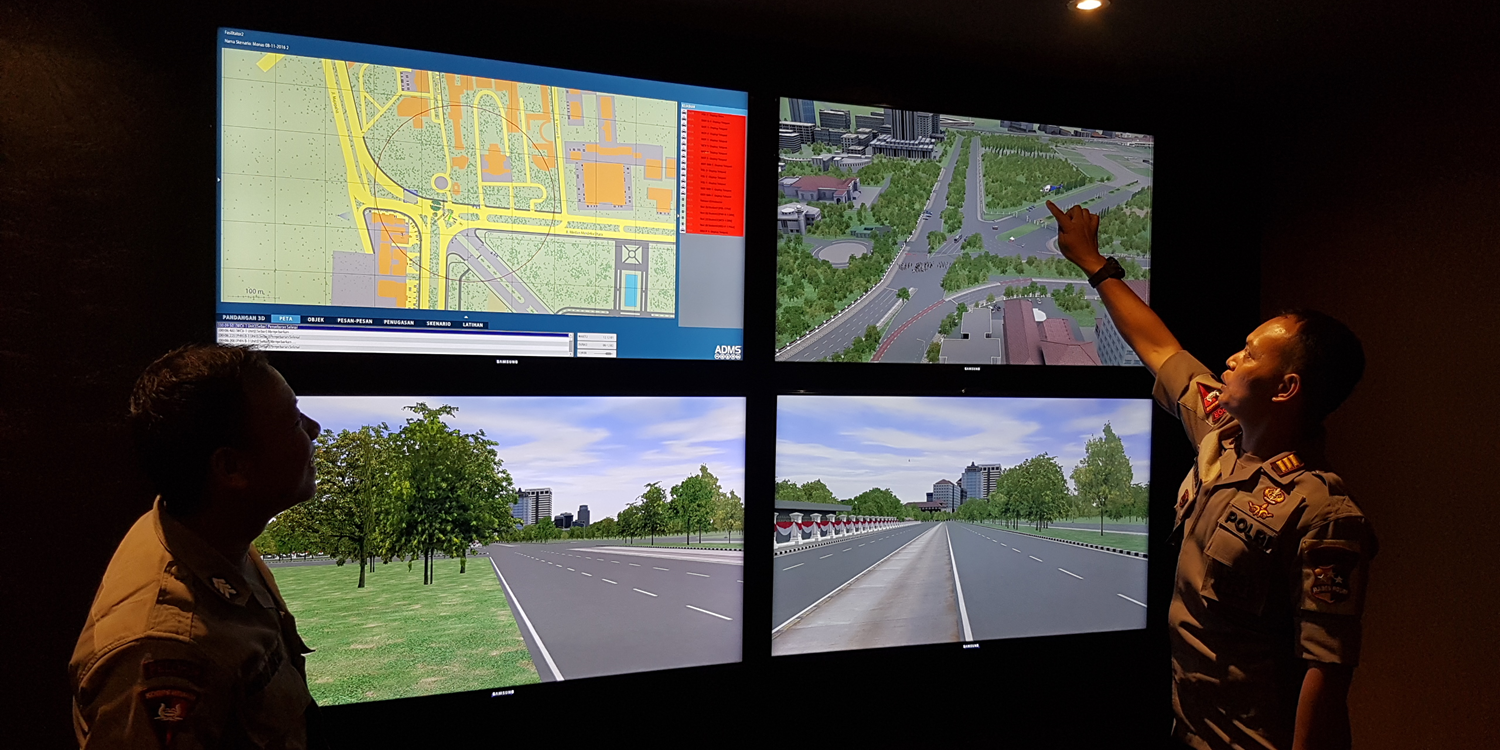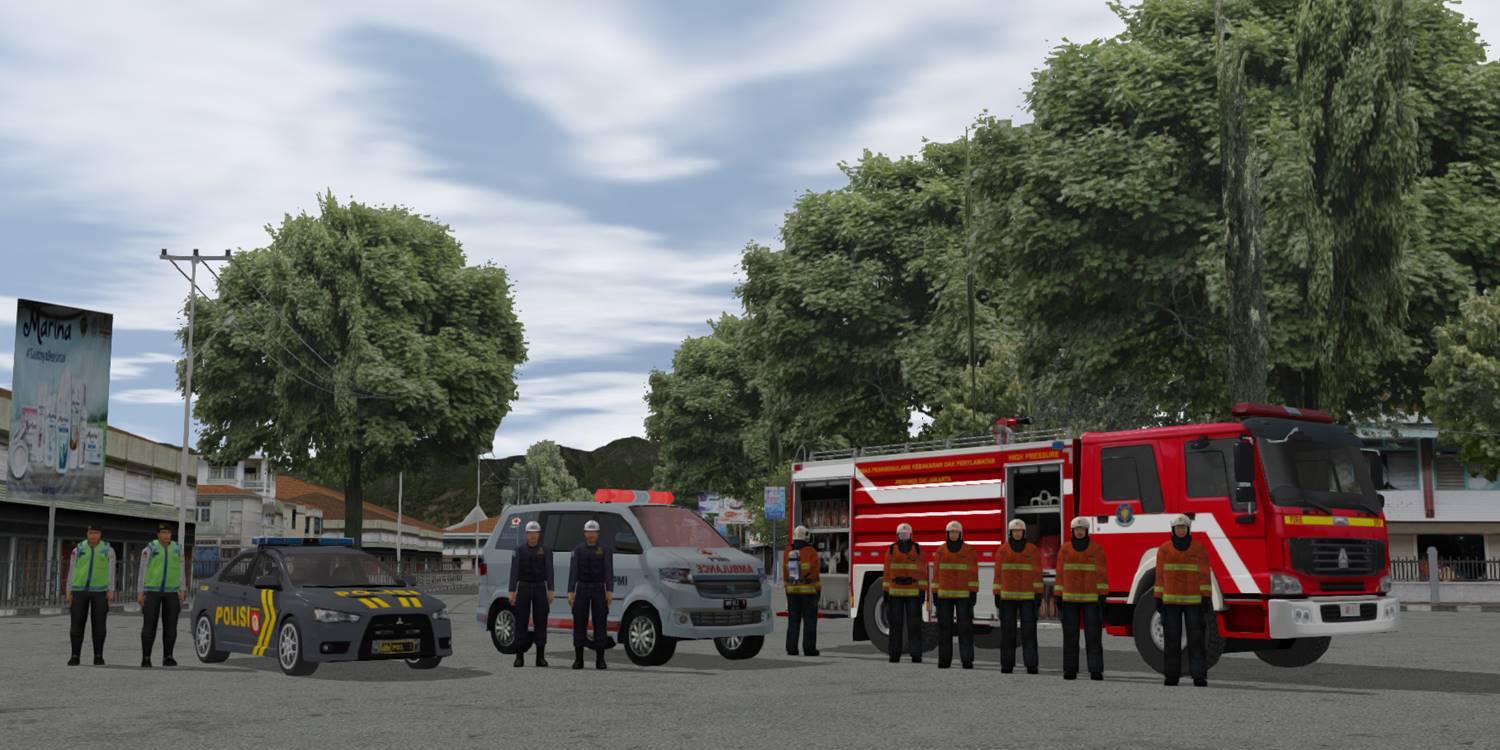Disaster Management
Training with ADMS
In the event of an emergency or disaster, multiple emergency response agencies will be required to work together towards the common goal of mitigating the damage to life and property. Without proper training in command, control, coordination and communication, incident commanders may lack the necessary skills needed to ensure cohesion of efforts across multi-agency lines. ADMS gives you the training stage to build highly-skilled leadership teams prepared to coordinate and manage the efforts of all emergency response and first responder personnel in a true-to-life, safe and controlled virtual reality world.
Train for disasters and emergencies in many forms
From preparation to response and recovery, through mitigation, ADMS offers a proven solution for training all levels of emergency disaster management, including emergency managers, public safety officials, incident commanders, crew leaders, first responders, and Offices of Emergency Management (OEM).
Use ADMS to create, simulate, and escalate a variety of large scale incidents, either natural or human-made. For example, floods, earthquakes, landslides and mudslides, terrorist attacks, structural collapse, industrial accidents, Weapons of Mass Destruction (WMD) and nuclear strikes, wildfires, civil disorder, hazardous material, and biological releases and severe weather conditions, such as hurricanes or tornados.
Disasters and emergencies come in many forms. The power of ADMS lets you develop and customize the scenarios needed to meet your training objectives, either as an individual exercise or as a multi-agency training collaboration. ADMS offers you realistic 3D training environments, either generic or geo-specific, in a high-impact, high-fidelity way, instilling higher reception and retention among the emergency response trainees.
True-To-Life emergencies
The embedded artificial intelligence in ADMS makes the people (crews, crowds, casualties, and bystanders) behave realistically and dynamically. The physics-based simulation makes the fires, smoke, and hazardous materials and other threats behave as they do in real life. Training with ADMS is realistic, and the trainees experience the consequences of their decisions as they would in real-life situations.
Interactive decision-making from trainees affects the development, escalation, or result of the event. ADMS scenarios are open-ended, with no pre-determined endings, just like the real-life situations you will face.
